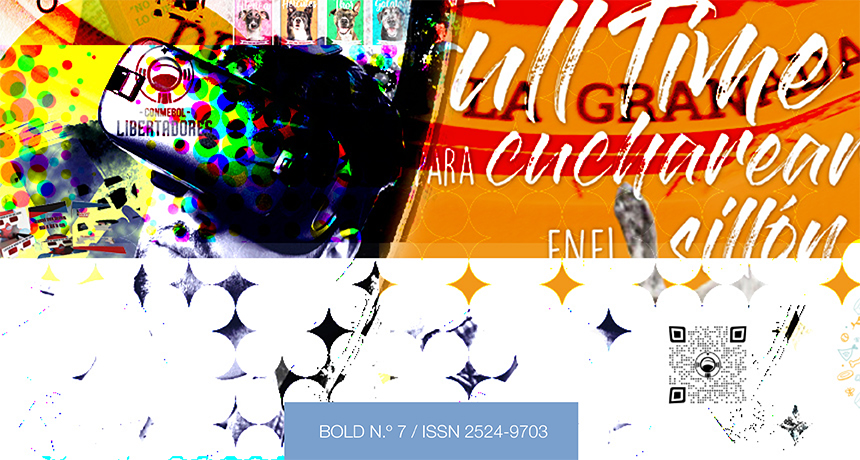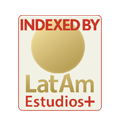The Extension Experience in the Hospital de Niños
Is That Design?
DOI:
https://doi.org/10.24215/25249703e009Keywords:
Extension, design, communication, user, experienceAbstract
This is very likely to be the question that many of the design students who are reading this article will ask themselves first. Of course, they are generally accustomed to guidelines that only link design to the market and the latest formal technological aspects, encouraged by the new glossary that is inserted from time to time in our profession, such as UX or Design Thinking, stated by the epicenters of design and that we continue as a bible even without knowing very well what they are. Therefore, from time to time it is necessary to explain and reaffirm why our career includes the word communication, exceeding the form as the only result and entering other fields where other experiences intervene, where visual communication takes on another relevance and does not always end in a design object.Downloads
References
Downloads
Published
How to Cite
Issue
Section
License
The acceptance of the manuscript by the magazine means the non-exclusive cession of the property rights of the authors in favour of the editor, who allows the reuse, after publication (post print), under a license Attribution-NonCommercial-NoDerivatives 4.0 International.
According to these terms, the material can be copied and redistributed by any means or in any format as long as a) the author and original source of the publication are quoted (magazine and URL of the work), access to the license is provided and whether changes have been made is mentioned; and b) the material is not used for commercial purposes.
The cession of non-exclusive rights means that after the publication (post print) in Bold the authors can publish their work in any language, means and format; in such cases it must be mentioned that the material was originally published in this magazine. Such cession also means the authorization of the authors for the work to be collected by SEDICI, the institutional archive of the Universidad Nacional de La Plata, and to be spread in the databases that the editorial team considers appropriate to increase the visibility of the publication and its authors.
Moreover, the magazine encourages the authors to deposit their productions in other institutional and thematic archives under the principle that offering the society the scientific and academic production without any restrictions contributes to a greater exchange of the global knowledge.

























